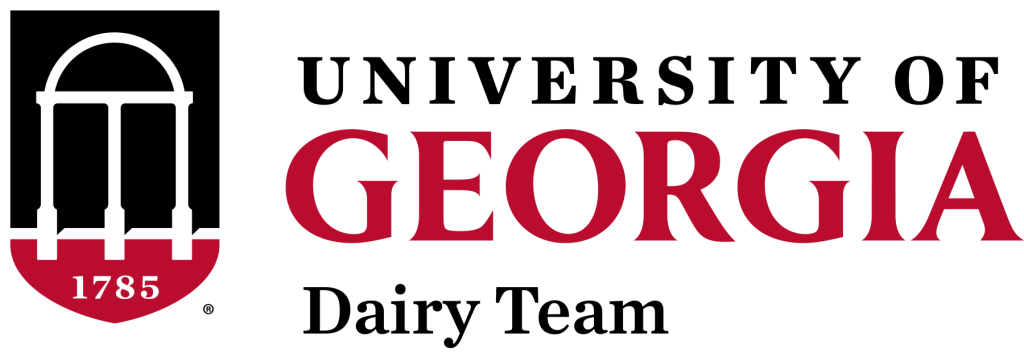Management
-
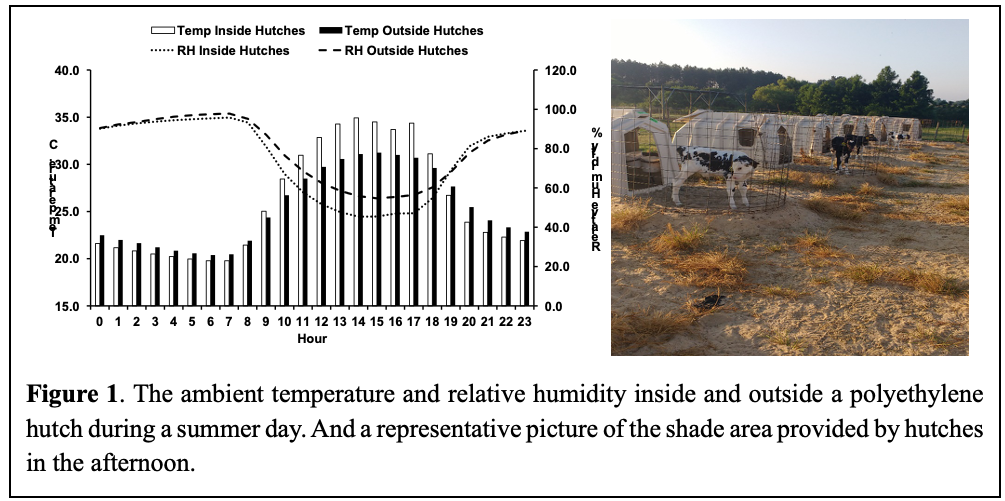
Caroline Guzi Savegnago, Ph.D. Student Sha Tao, Ph.D., Associate Professor, stao@uga.edu/706-542-0658 Department of Animal and Dairy Science, UGA Heat stress continues to be a challenge for the dairy industry, causing major economic losses. High temperatures and relative humidity commonly seen in the Southeast create a challenging environment that negatively impacts calf performance and welfare. Calves…
Posted in: General Communication -
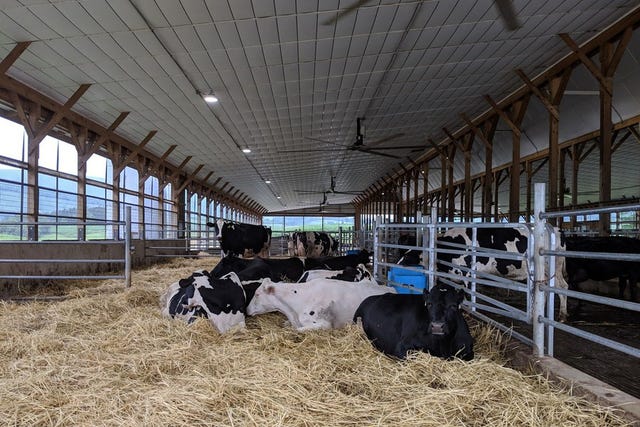
Brad Heins, DVM, MFAM, Clinical Assistant Professor, Beef Production Medicine, 706-542-4312/bheins@uga.edu Emmanuel Rollin, DVM, MFAM, Clinical Associate Professor, Dairy Production Medicine, 706-202-7821/Emmanuel@uga.edu Department of Population Health, College of Veterinary Medicine, University of Georgia, Athens GA With the significant demands placed on cows prior to calving and the onset of lactation, it is vital that the dairy manager…
Posted in: General Communication -

Many animal producers have a veterinarian who can be called in cases of emergency, but this may not be enough to allow for establishment of a true Veterinary-Client-Patient Relationship (VCPR). A VCPR serves as the basis for the working relationship between veterinarians and producers and allows for not only proper drug use, but also continuous…
Posted in: Management -

Lane O. Ely, Ph. D. | Professor Emeritus | Department of Animal and Dairy Science, UGA | laneely@uga.edu Forages have always been an integral part of the feeding program for dairy cows. As a ruminant, the dairy cow needs forage in her diet. Whether the forages are grazed or fed as preserved feeds, they are critical…
-
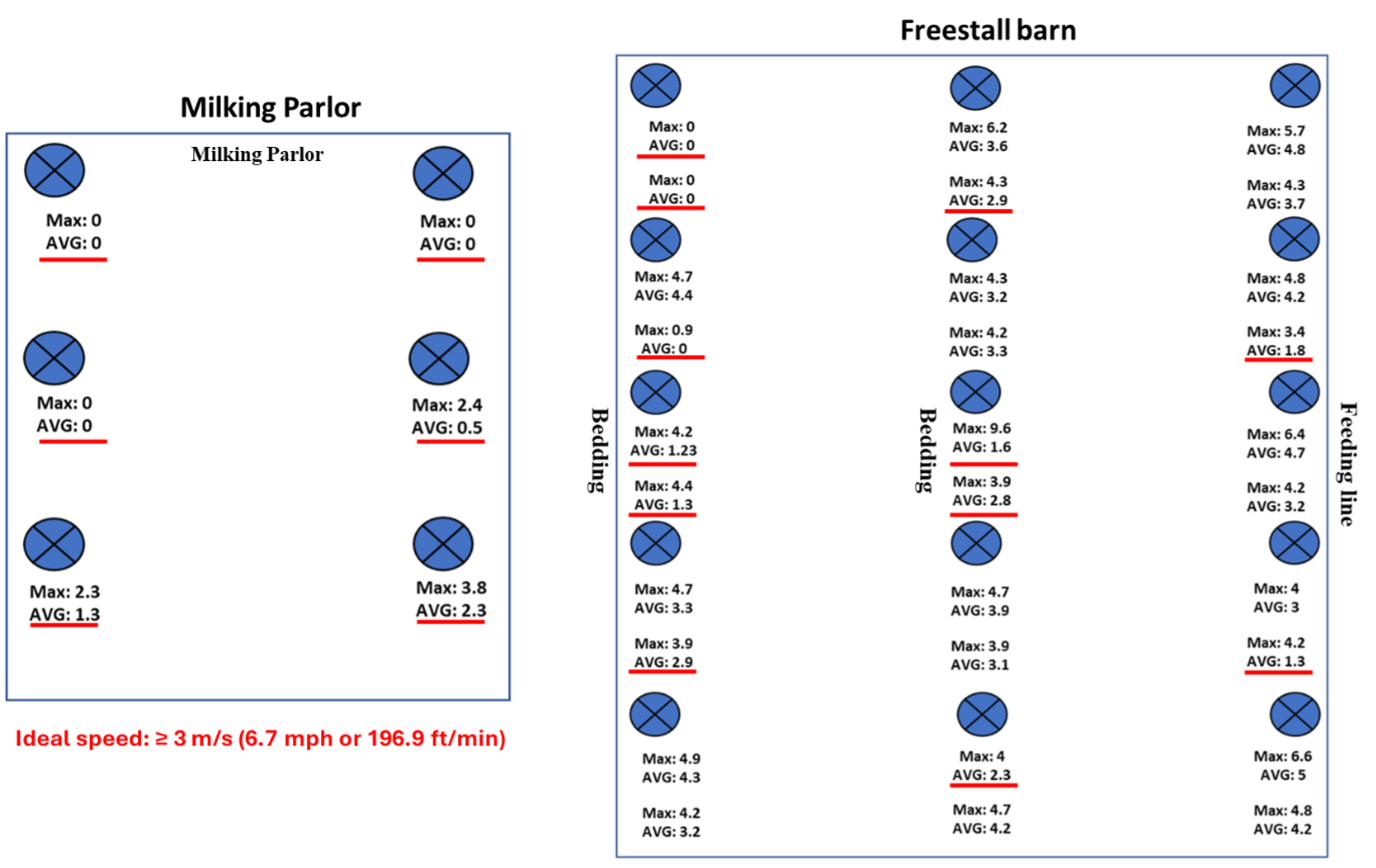
Thiago Nogueira Marins, Ph.D. Candidate Sha Tao, Ph.D., Associate Professor, stao@uga.edu/706-542-0658 Department of Animal and Dairy Science, UGA It is widely recognized that heat stress causes negative impact on the performance, health, and welfare of dairy cattle. The levels of heat experienced by dairy cows are influenced by production systems and management practices to which…
-

Anderson A.C. Alves, PhD – Assistant Professor, Department of Animal and Dairy Science (e: alvesand@uga.edu, p: 706-542-9105; web: www.alveslab.org0 Monitoring feeding and activity behavior in dairy and beef cattle has gained significant attention due to its strong association with productivity, efficiency, and animal welfare. Continuous behavioral monitoring in lactating cows allows farmers to detect early signs of…
-

Thiago Nogueira Marins, Ph.D. Candidate Sha Tao, Ph.D., Associate Professor, stao@uga.edu/706-542-0658 Department of Animal and Dairy Science, UGA Heat stress causes a tremendous negative economic impact on U.S. livestock industries. Heat stress negatively affects the productive and reproductive performance, health, and welfare of dairy cattle; therefore, good understanding of environmental conditions that cause heat stress…
-

Taylor Strickland, DVM MFAM Candidate, ACVIM Resident Emmanuel Rollin, DVM, MFAM, Clinical Associate Professor, Dairy Production Medicine – 706-202-7821/emmanuel@uga.edu Department of Population Health, College of Veterinary Medicine University of Georgia, Athens GA Diarrhea, or calf scours, is the most common cause of sickness and death in dairy calves. Calves that develop and recover from diarrhea have…
-

Jing Gao, Ph.D. Candidate Sha Tao, Ph.D., Associate Professor, stao@uga.edu/706-542-0658 Department of Animal and Dairy Science, UGA Vaccination at dry-off is a standard practice commonly used on U.S. dairy farms. This procedure serves two primary purposes: (1) it provides protection against common diseases during the dry period, such as coliform mastitis, and (2) it improves…
-
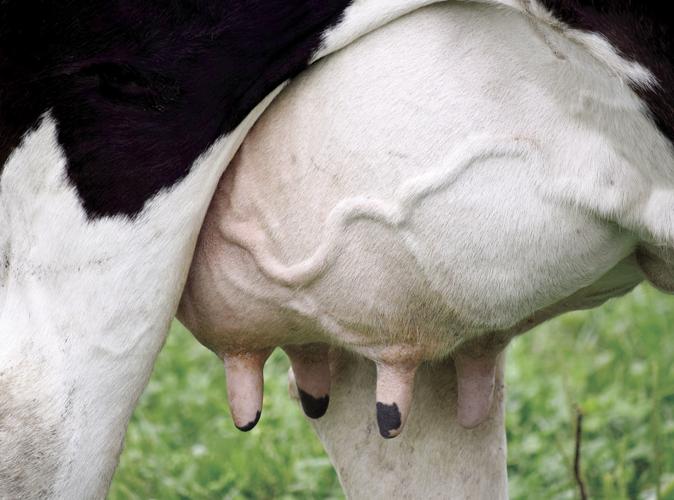
Summer conditions are associated with increased disease incidences of dairy cows. For instance, bulk milk somatic cell count and the incidences of clinical mastitis normally are greater during summer compared with other seasons. This is attributed to the greater growth and survival of pathogens in the hot and humid environment and the potential negative impact…
Posted in: Management
